O Me (commonly known as Mu village) is a village of Hung Dao commune (Tu Ky). In the early 19th century, O Me was a commune of My Xa commune, Tu Ky district, Ninh Giang prefecture, Hai Duong town. After the August Revolution in 1945, O Me commune was converted into a village, merged with Lac Duc and Xuan Neo villages to form Hung Dao commune. Since ancient times, this land has had many historical and cultural relics, but over time and war, most of the structures are no longer preserved. Today, local people have restored and embellished many valuable relics as places to worship Thanh Hoang and practice religious beliefs, including O Me communal house. The communal house was ranked as a provincial relic in 2011.
Legend of the village guardian spirit
According to legends and folklore, during the pre-Ly Dynasty (6th century), in An Vinh village, Binh Duong district, there was a noble family with the surname Nguyen, whose given name was Thuc, who married a local woman named Tran Thi Lien. The couple were kind and always helped the poor. At the age of 36, unfortunately, Lien Nuong died early. Thuc Cong was very sad and immediately traveled around the world. One day, Thuc Cong came to O Me village and saw that the villagers were honest and kind, so he asked to stay and start a business. In the village, there was a kind old lady who loved Thuc Cong like her own daughter. She had a virtuous daughter named Mai Nuong. Thuc Cong fell in love with her and married her. However, the couple had been married for a long time but had no children, so they went to a sacred temple to pray for children. After a while, Mai Nuong became pregnant, and at the hour of Mao, on February 12, she gave birth to a handsome boy, and named him Cong Quang. When Cong Quang was 13 years old, he was proficient in martial arts and literature. At this time, the Liang invaders came to invade, the king summoned talented people to lead the army to fight. Cong Quang asked to lead the army to battle. Fighting bravely, with intelligence and talent, Cong Quang achieved many feats, was awarded a title, 200 quan of money and silk and brocade by the king. Cong Quang thanked him, then asked the king to return to his hometown to visit the ancestral temple. That day was September 23, the villagers and elders came out in large numbers to welcome him. Quang Cong held a banquet to invite the elders and the villagers to enjoy the benefits, then went to pay respects to the ancestral temple, then saw a black cloud in the sky, the sky and earth suddenly darkened, the wind and rain rose violently and fell right where Cong Quang was standing, Cong Quang naturally lay down and died right there. That place was commonly called Ma Lang. A moment later, the sky cleared again, the wind and rain both stopped, the people came out to see and saw only Cong Quang lying there, his hat and clothes neat, his face red as the sun. The people were surprised and sent a petition to the court. The king was extremely sad and immediately ordered his courtiers to perform the funeral ceremony.
In recognition of Cong Quang's merits, the king granted him a title and allowed the people of the village to build a communal house to worship him; recognized O Me village as the main place to raise Cong Quang while he was alive and where he passed away, and honored him as the village's tutelary god. The king also granted the people 500 quan of money, exempted them from military service for 6 years, and bestowed the title "Hien huu, uy linh, tu quang trung dang phuc than Dai vuong" - (The Great King of the middle class is benevolent, glorious, majestic, sacred, and clearly shows his help).
People remember
According to tradition, O Me communal house was built quite early, restored during the Nguyen Dynasty, on a large scale, with a Dinh (J)-shaped architecture consisting of 7 main worship rooms and 3 rear sanctuaries, made of sturdy ironwood. In front of the communal house are two rows of altars, each row has 5 rooms, with altars for the descendants who contributed to building welfare works for the village. In 1946, the communal house was the place to elect delegates to the Commune People's Council and the first National Assembly. In 1949, the communal house was the venue for a rally calling on the entire population to rise up against the French colonialists. In 1951, the entire communal house was destroyed by bombs and mines when the French colonialists swept into the village. In 2007, according to the wishes of the local government and people, O Me communal house was rebuilt on the old foundation, with a Dinh (J)-shaped architecture, mainly made of reinforced concrete, meeting the needs of religious activities.
From the outside, O Me communal house is quite impressive. The main worshiping house has 5 rooms built with angled roof tiles, the back palace has 1 room built with a closed gable. The roof ridge is embossed with the theme of two dragons facing the sun. The dragon's head is fierce, its beard stretches forward. The main rafters are in the style of overlapping beams and gongs, the decorative motifs are painted with the traditional theme of leaves turning over, leaves turning into dragons.
Through many historical events, O Me communal house still retains many precious artifacts. The legend of Thanh Hoang has become the pride of the local people. Currently, in the communal house, there are still the altar, statues of Thanh Hoang's father and mother, a palanquin set, a dragon pavilion, and ceramic incense burners dating from the Nguyen Dynasty.
To commemorate the merits of Nguyen Cong Quang, the O Me communal house festival is solemnly held every year. During the feudal period, there were two main festivals at the communal house: the January festival and the November blessing festival (lunar calendar). Of these two festivals, the November festival is held on a larger scale, lasting for 5 days from the 8th to the 13th, attracting a large number of people in the area to participate in solemn sacrificial and processional rituals. Starting from the morning of November 8, villagers prepare, clean the worshiping objects, and clean the village road from the communal house to the temple to make it bright and clean. After that, a palanquin is organized to the house of the village chief to receive the funeral oration. On November 9, the palanquin is carried from the communal house to the temple (where Cong Quang is worshiped) to perform the ceremony and then return to the communal house to worship. Those attending the ceremony must bathe, wear clean clothes and eat vegetarian food. Offerings include sticky rice, chicken, pork, wine, and fruit. On November 10, the groups carry the pigs to the communal house to worship the village guardian spirit. After the ceremony, the village judges the pigs by eye, the pigs are approximately equal, no distinction is made between better and worse, the village must use a weight scale, if they are over one hundred kilograms, a bottle of wine with the word "foot" must be put on the weight to determine the standard. After the judging, the chief judge announces the results, the pig that wins first place will be rewarded by the village with one sao of rice field for the farmer in the best field. After that, the groups carry the pigs home until the morning of November 11 to slaughter them. On November 11, a ceremony is held. On November 12, a procession is held from the communal house to the temple. On November 13, a thanksgiving ceremony ends the festival.
During the festival days, many folk games are organized such as wrestling, chess, cockfighting, tug of war, and in the evening there are Cheo and Tuong singing... Nowadays, the custom of carrying a worshiping pig is still maintained by the people of O Me village during traditional festivals. This is a beautiful feature that not every countryside can preserve.
The restored O Me Communal House has met the cultural and religious needs of the people. Currently, the People's Committee of Hung Dao Commune has a project to develop the relic; renovate, embellish and expand the temple grounds, restore the Ma Lang area (where Nguyen Cong Quang died and has his grave), and gradually restore the traditional festival to preserve and promote the value of the relic in the future.


![[Photo] National Assembly Chairman Tran Thanh Man meets with outstanding workers in the oil and gas industry](https://vstatic.vietnam.vn/vietnam/resource/IMAGE/2025/4/17/1d0de4026b75434ab34279624db7ee4a)

![[Photo] Closing of the 4th Summit of the Partnership for Green Growth and the Global Goals](https://vstatic.vietnam.vn/vietnam/resource/IMAGE/2025/4/17/c0a0df9852c84e58be0a8b939189c85a)

![[Photo] General Secretary To Lam receives CEO of Warburg Pincus Investment Fund (USA)](https://vstatic.vietnam.vn/vietnam/resource/IMAGE/2025/4/18/7cf9375299164ea1a7ee9dcb4b04166a)
![[Photo] The beauty of Ho Chi Minh City - a modern "super city" after 50 years of liberation](https://vstatic.vietnam.vn/vietnam/resource/IMAGE/2025/4/18/81f27acd8889496990ec53efad1c5399)




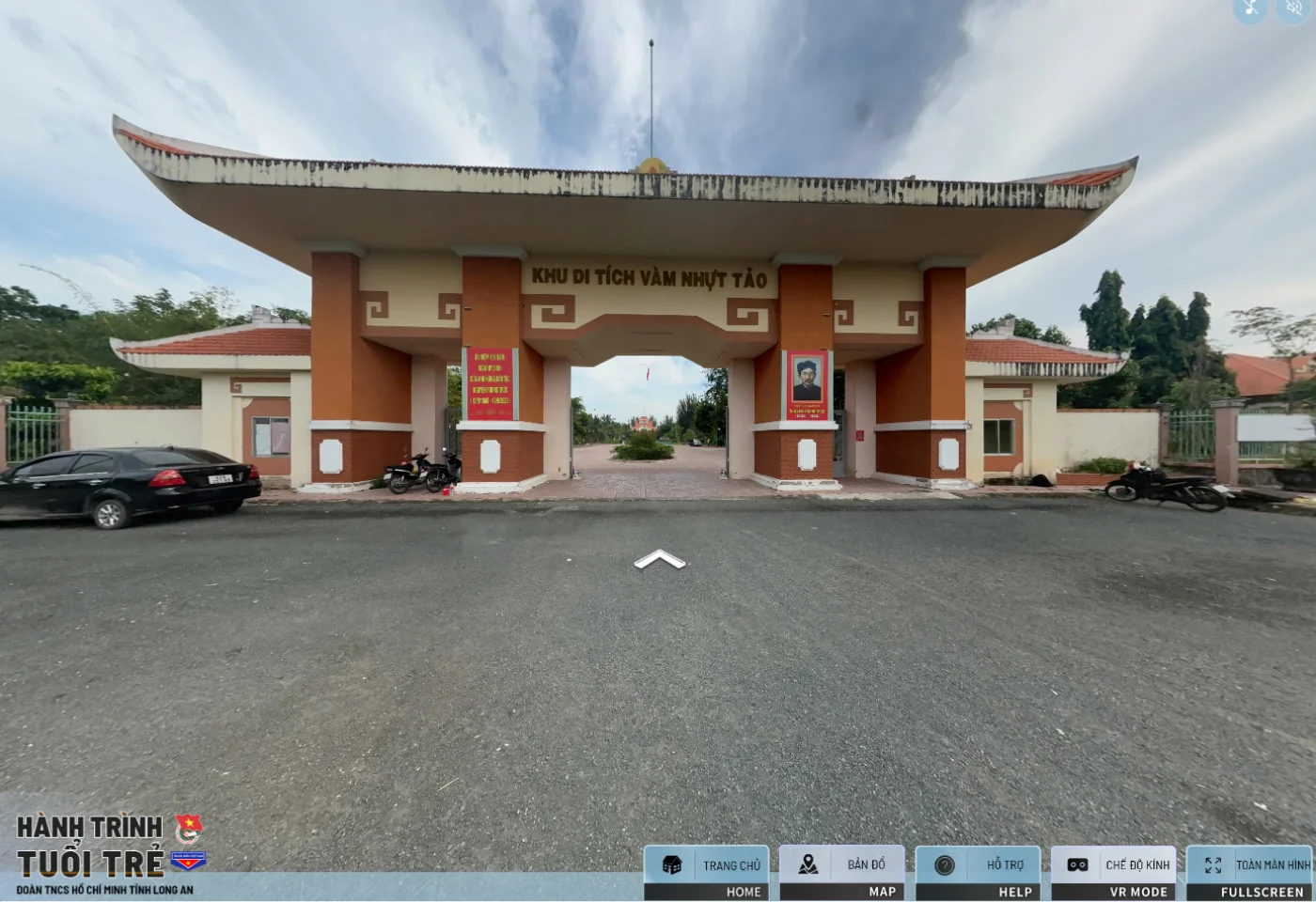










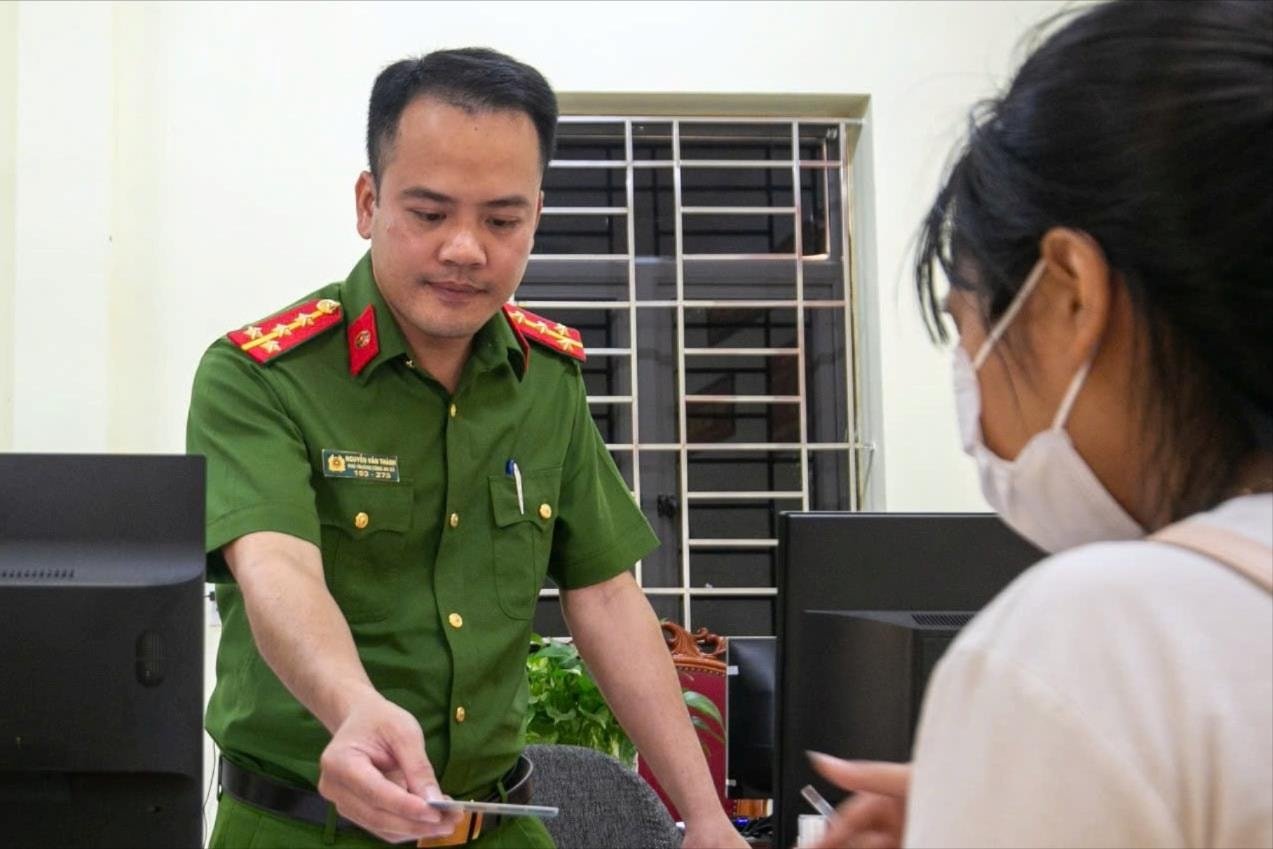










![[Photo] Nhan Dan Newspaper announces the project "Love Vietnam so much"](https://vstatic.vietnam.vn/vietnam/resource/IMAGE/2025/4/17/362f882012d3432783fc92fab1b3e980)
![[Photo] Promoting friendship, solidarity and cooperation between the armies and people of the two countries](https://vstatic.vietnam.vn/vietnam/resource/IMAGE/2025/4/17/0c4d087864f14092aed77252590b6bae)


























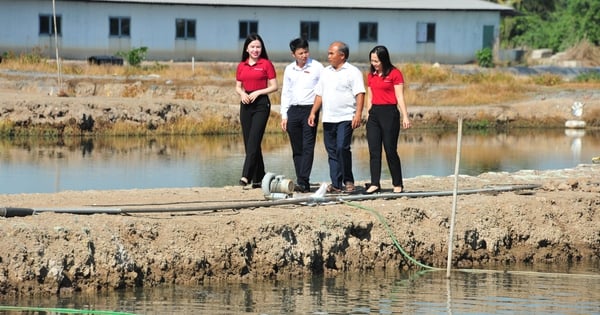



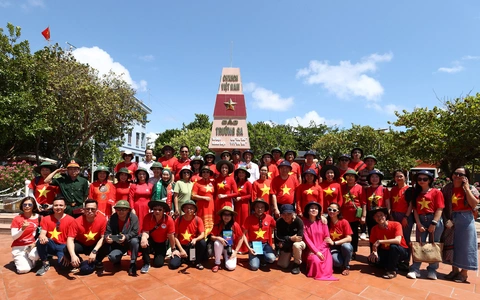

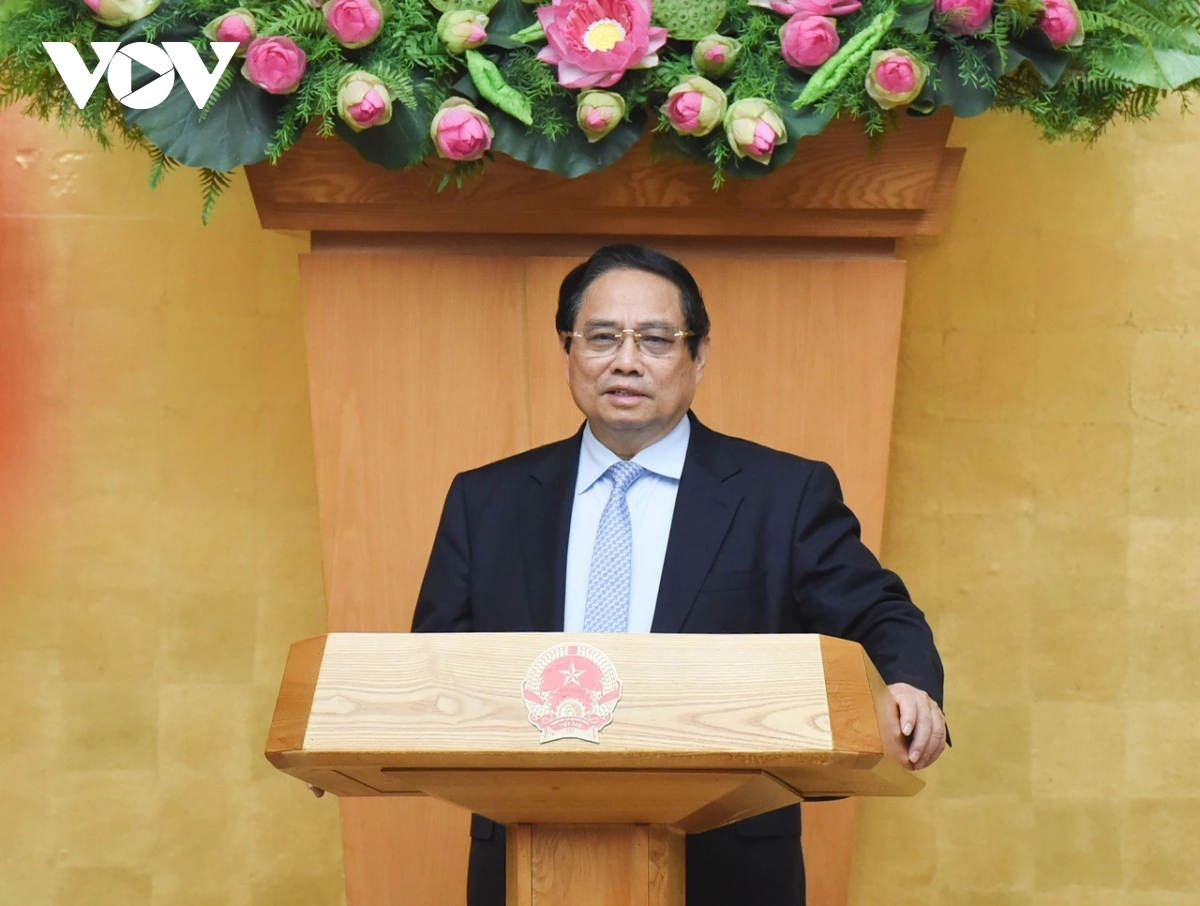




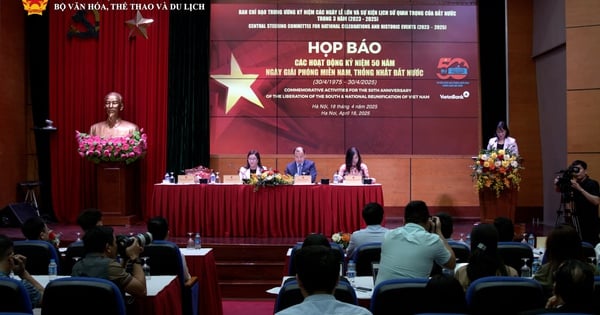

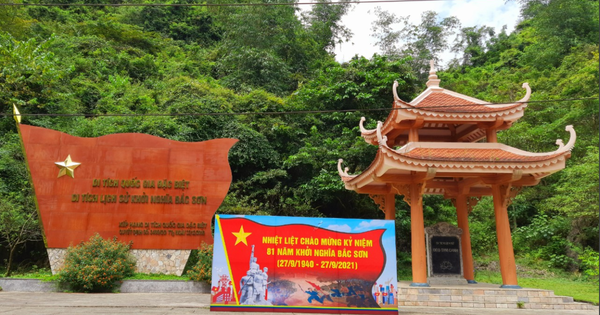
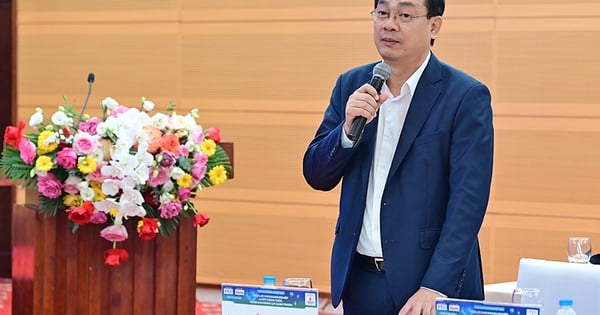
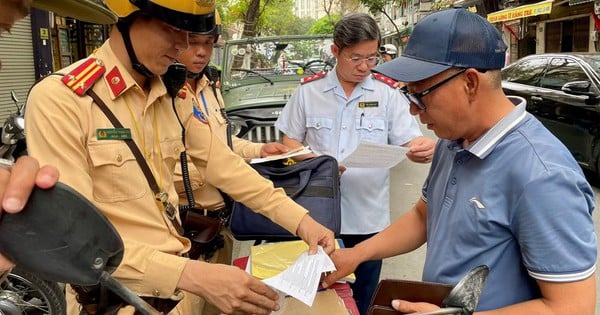
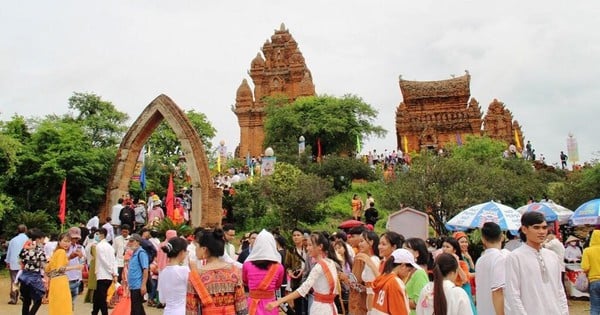
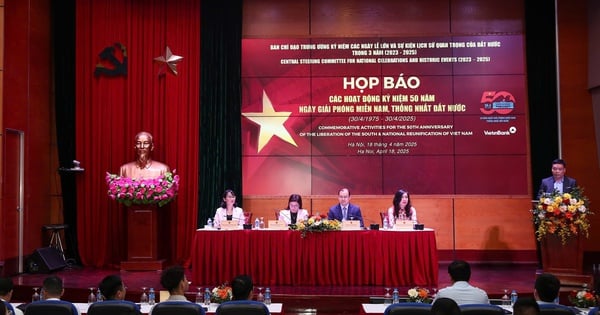






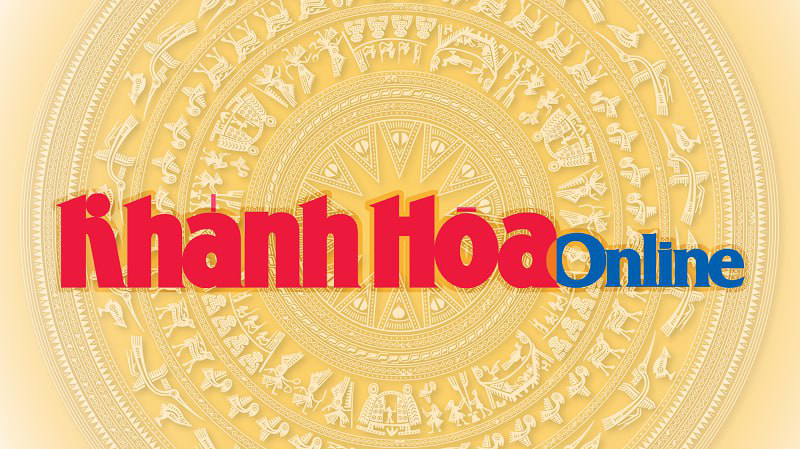











Comment (0)